|
Achieving the sustainable development agenda will require partnerships between governments, the private sector, and civil society; collaborations across sectors and countries will be the only way we can create a more sustainable future for everyone and everything on this planet.
Findings from a review conducted by Population Reference Bureau indicated that, “reduced fertility translates into more stable population growth rates, eased pressures on the job market, fewer unemployed youth, and as a consequence, an environment more conducive to cultivating strong democracies. Shifts in age structure from a youthful population to a more mature one helps lay the foundation for social and political stability—a cornerstone of robust national institutions”.
Humanity is impacting environmental degradation on a global scale. The Intergovernmental Panel on Climate Change’s sixth assessment report indicates that “It is indisputable that human activities are causing climate change, making extreme climate events, including heat waves, heavy rainfall, and droughts, more frequent and severe. Given that the global population is increasing at an exponential rate, demand and use of natural resources will also continue to increase.
As the global human population continues to grow, the already untenable strain on global fisheries continues, while pollution and climate change further impact the viability of our ocean resources.
Climate change is real, and its impacts are already being felt by every human on the planet. One way we can take action today is to provide new methods for men and women to choose if and when to have children.
Ensuring sustainable consumption and production patterns is necessary to ensure the viability of the environment for future generations and the longevity of humanity itself.
Estimates indicate that the world is confronting the largest wave of urbanization in human history, with an anticipated 5 billion people expected to live in city settings by 2030. This shift to urban settings will add significant additional pressure on critical infrastructures, such as health systems, water, sanitation, and education, that are already struggling to meet the needs of the current urban population.
Inequality exists in various forms including economic, gender, disability, race, and social inequality. With respect to family planning, inequality is deeply felt with respect to availability of contraceptives in developed versus developing countries, as well as across genders with only limited options available to sperm-producing people.
Building resilient communities, families, and systems is a crucial part of proactively supporting recovery in times of crisis. Rapid population growth leads to an increased demand for infrastructure systems including housing, schools, and health centers. In the absence of sufficient funding or capacity to respond to these increasing demands, existing resources become strained, making them exceedingly vulnerable in times of crisis and more difficult to rebuild in times of recovery.
Roughly half the world lives on the equivalent of USD $2 per day. Globally, the unemployment rate exceeds 5%, resulting in nearly 400 million persons going without work or income.However, even those that are employed are not able to escape poverty in many places.
Approximately 840 million people around the world lack access to electricity with nearly 3 billion people relying primarily on cooking systems that are inefficient and polluting. The use of wood and other fuels contribute to more than 4 million deaths due to household air pollution while also contributing extensively to deforestation and depletion of fossil fuels.
Access to water and sanitation are human rights, yet billions live without them. Male contraception can reduce unintended pregnancies and population growth, easing water demand the world over and freeing this finite, life-sustaining resource for families everywhere.
Unintended pregnancies disproportionately disadvantage women and girls, and this disproportionate impact is both a cause and an effect of gender inequality. By increasing choice and access to contraceptive methods, male contraception has the potential to increase gender equality.
Ensuring access to a complete education is a critical component of combating poverty and improving health and social outcomes. Contraception plays an instrumental part in supporting educational outcomes in two key ways: first by allowing couples to plan and space their children effectively and second by allowing young people to protect themselves from an unintended pregnancy.
Ensuring healthy lives for all means focusing on how needs vary across populations and life stages. Contraception directly and positively impacts many health indicators, including reducing infant and maternal mortality and improving the health of children.
Over 2 billion people suffer from food insecurity. Male contraception can help end food insecurity by reducing demand, subsequently improving food access and food stability.
Unintended pregnancies are a catalyst for poverty. By helping to reduce the number of unintended pregnancies, male contraception can help reduce poverty for millions of families around the world.
With the global population continuing to grow and men’s options for contraception still limited to condoms and vasectomy, the time is ripe for another contraception revolution¹.
|
Categories
All
Archives
June 2024
|
|
|
Donate to Male Contraceptive InitiativeYour generous donation makes a difference!
|
© Male Contraceptive Initiative. All rights reserved.
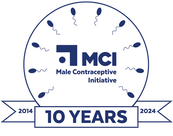
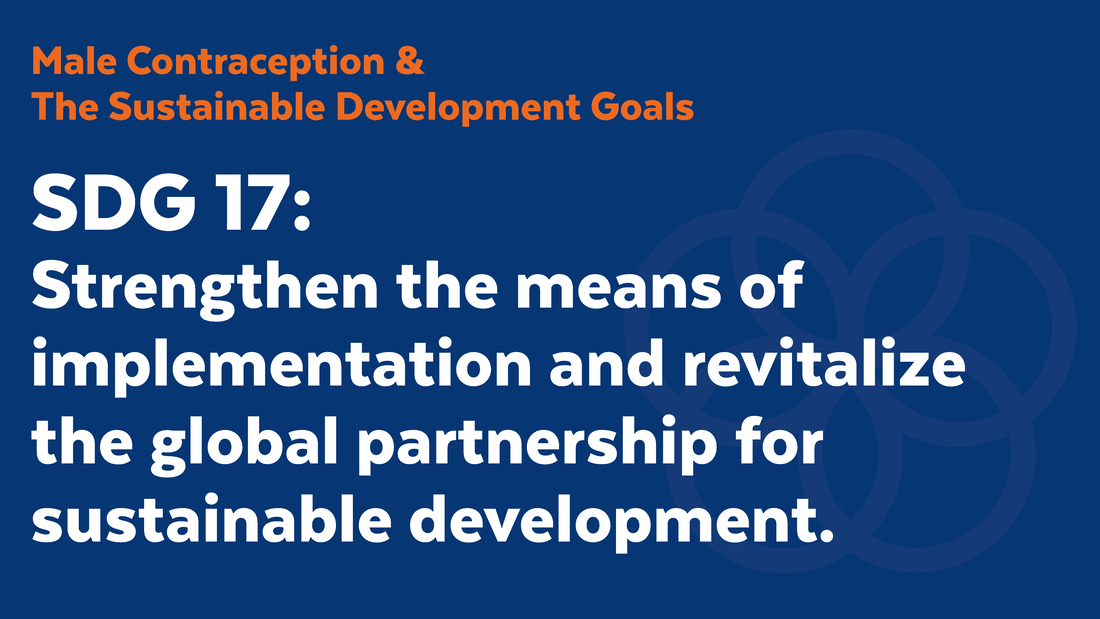
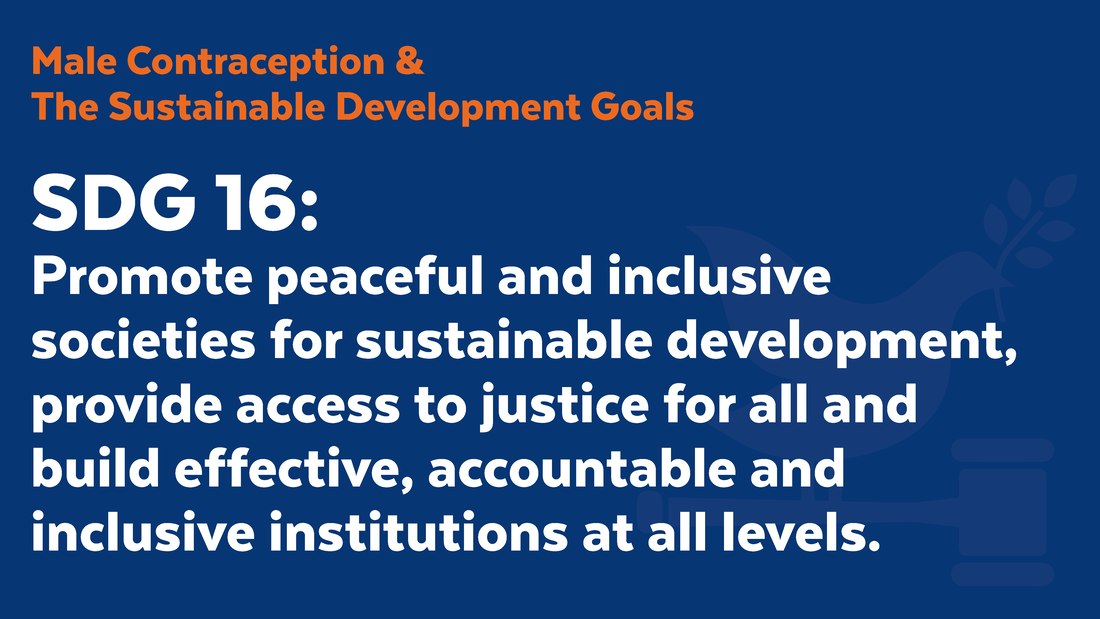
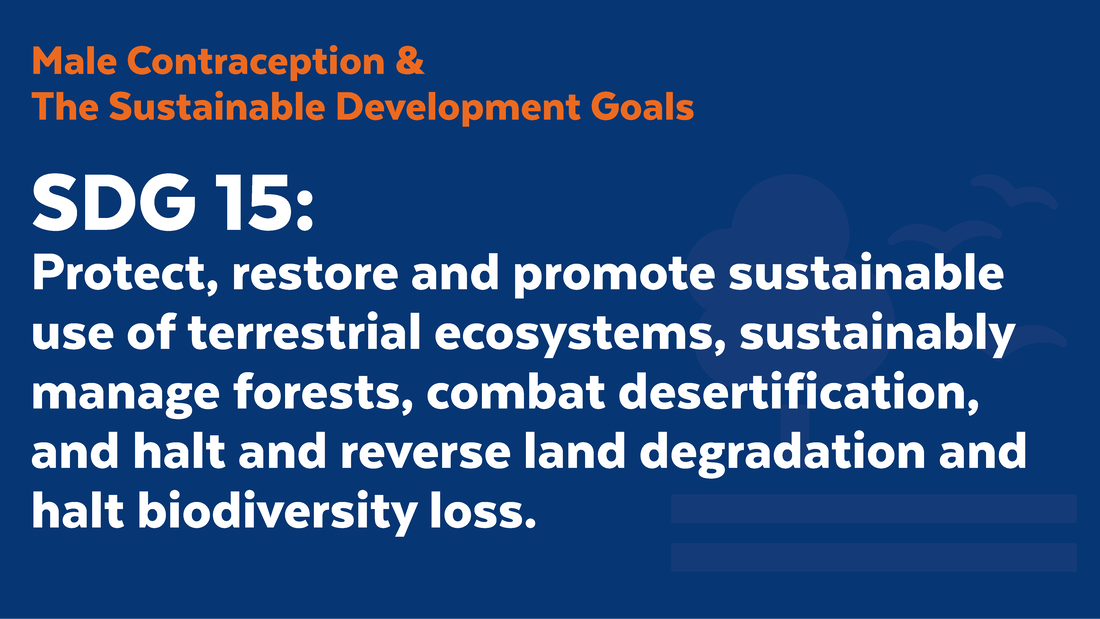
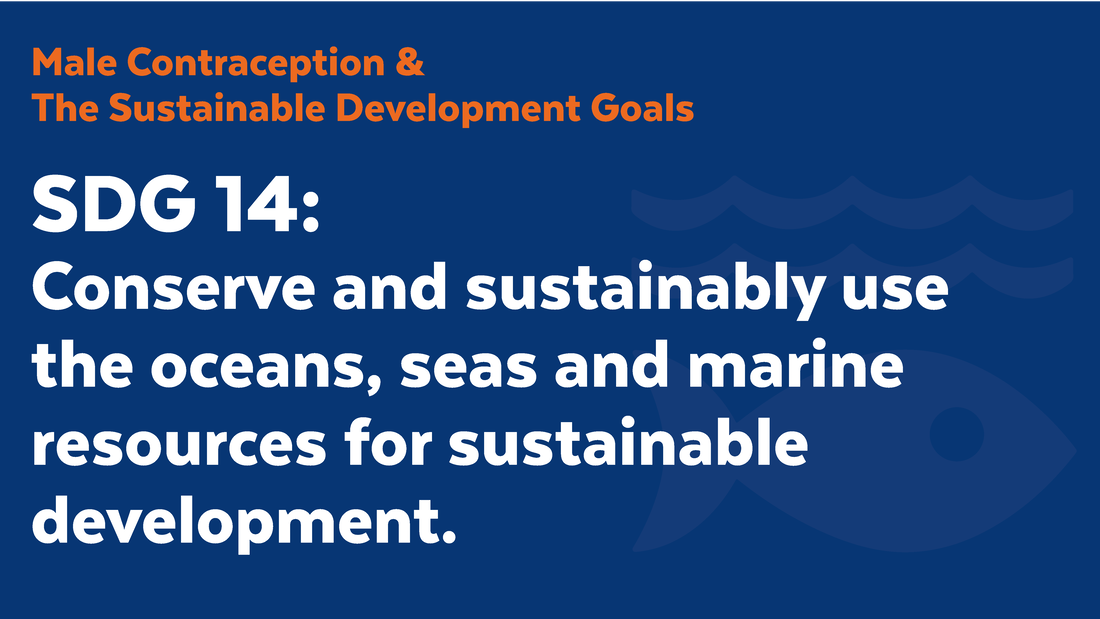
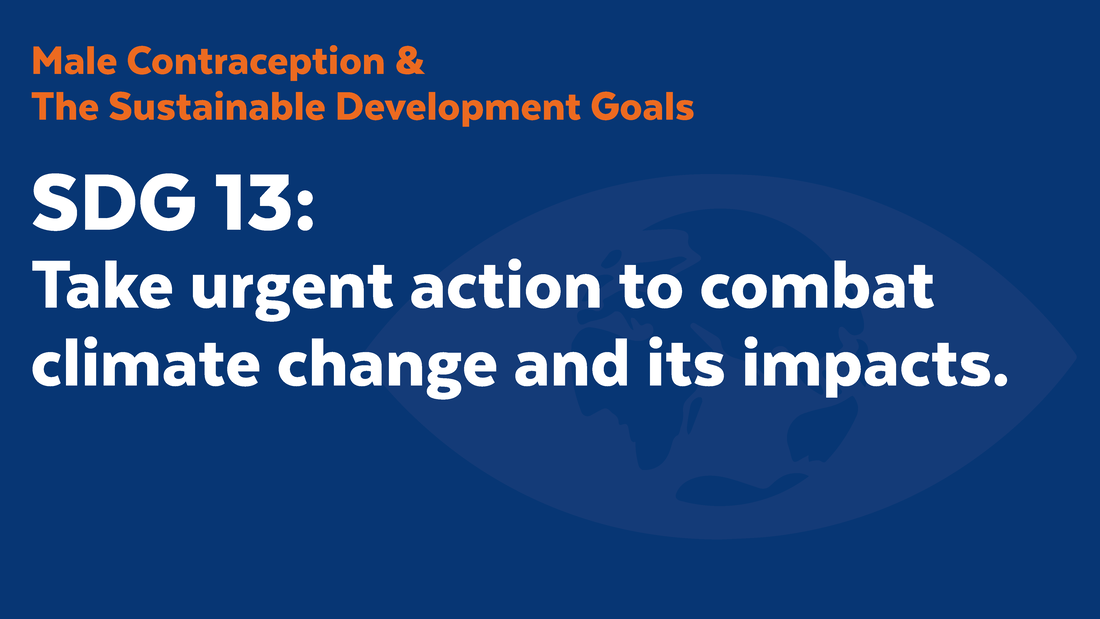
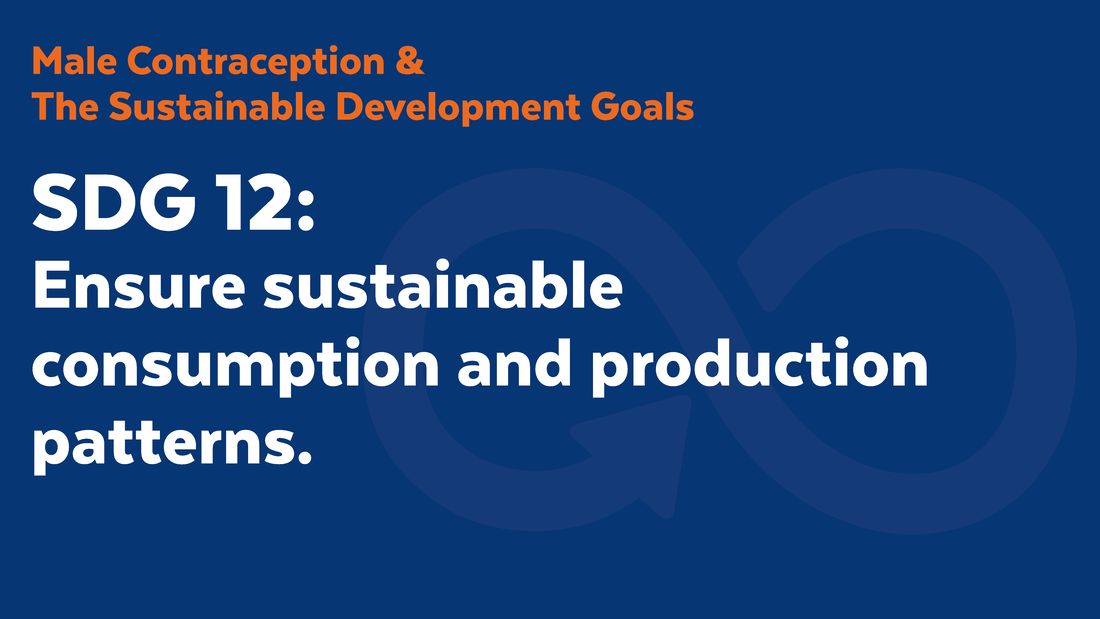
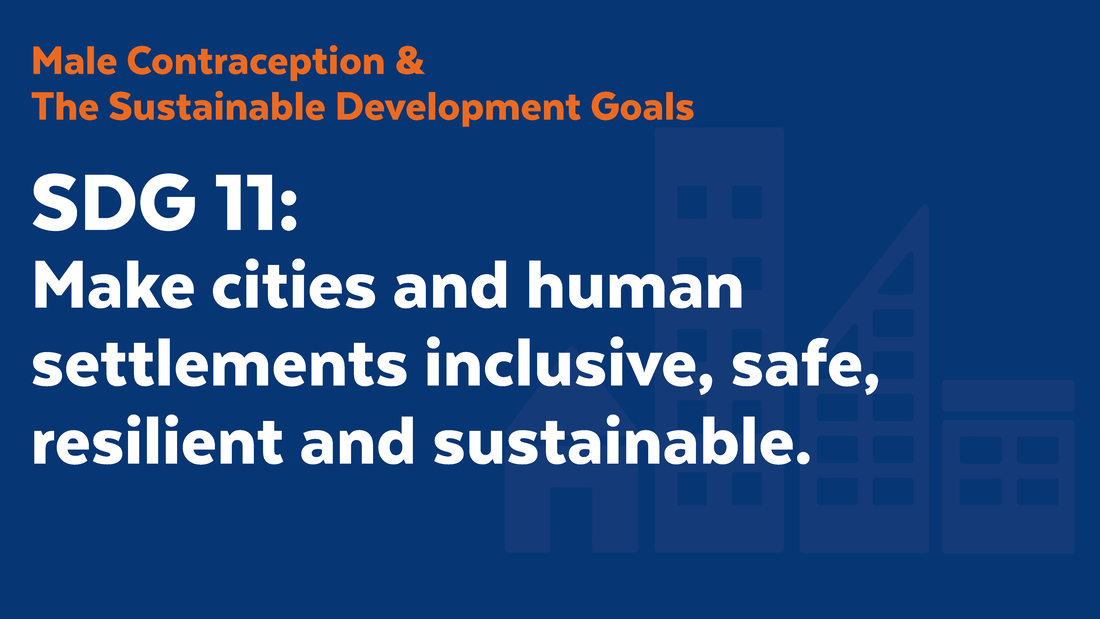
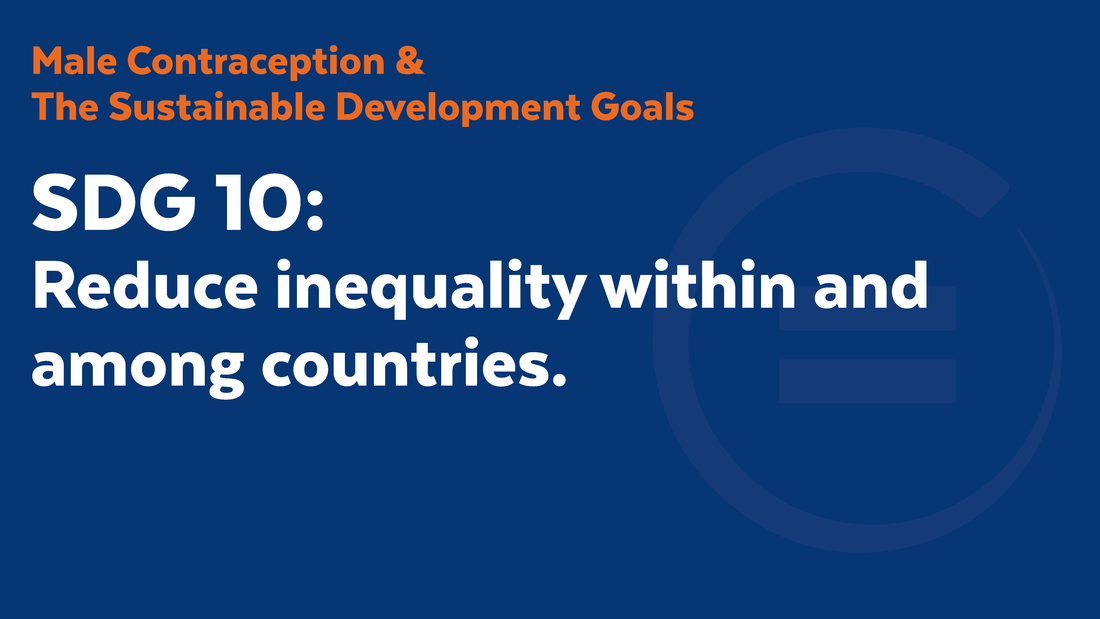
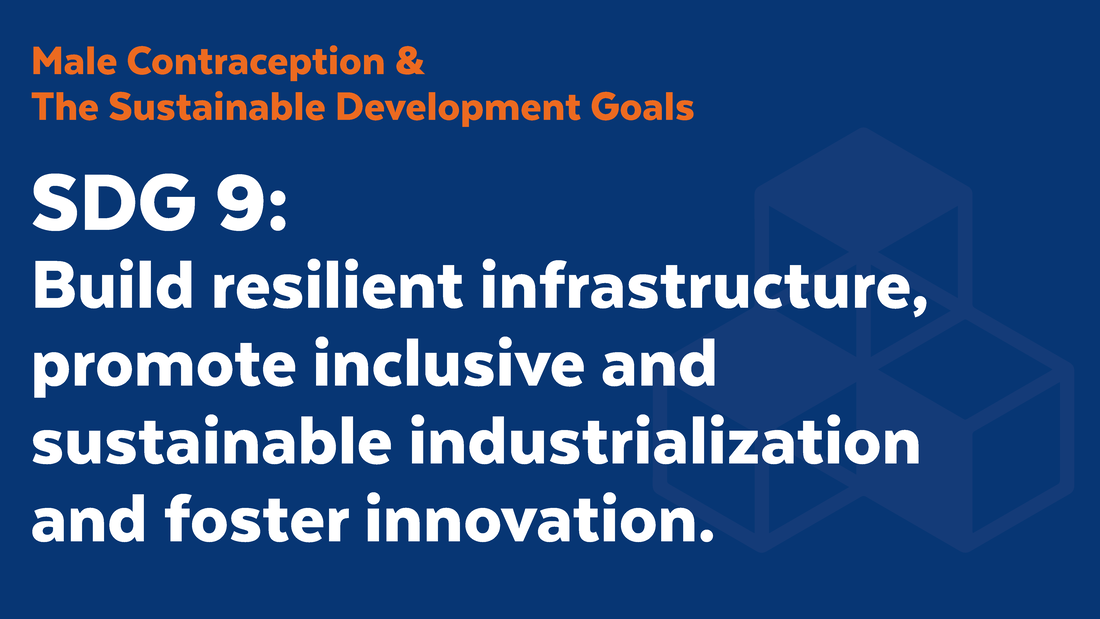
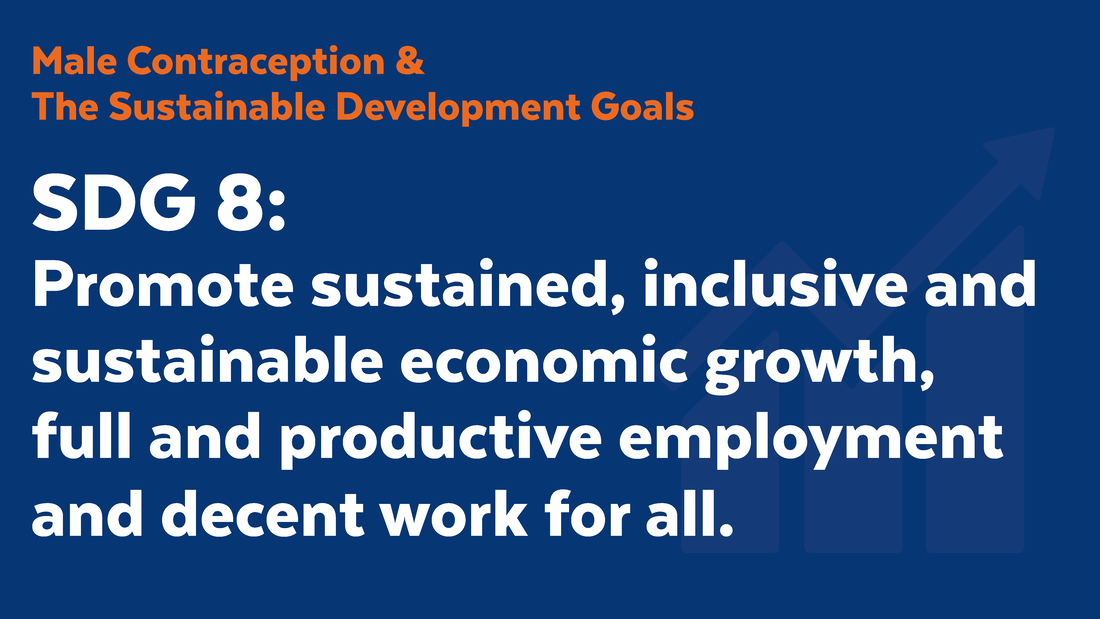
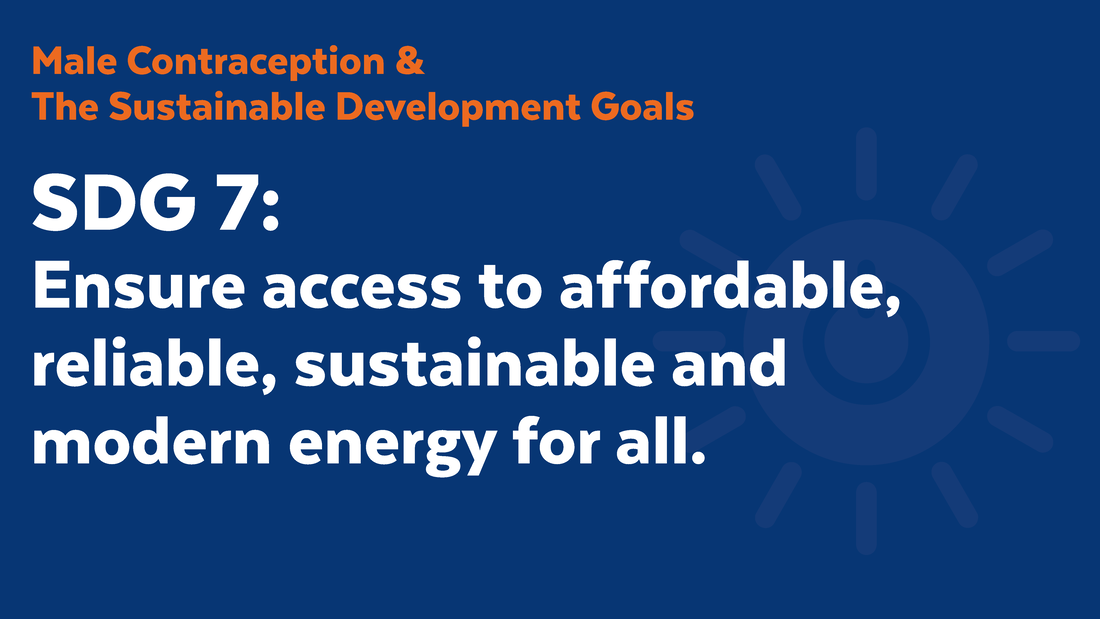
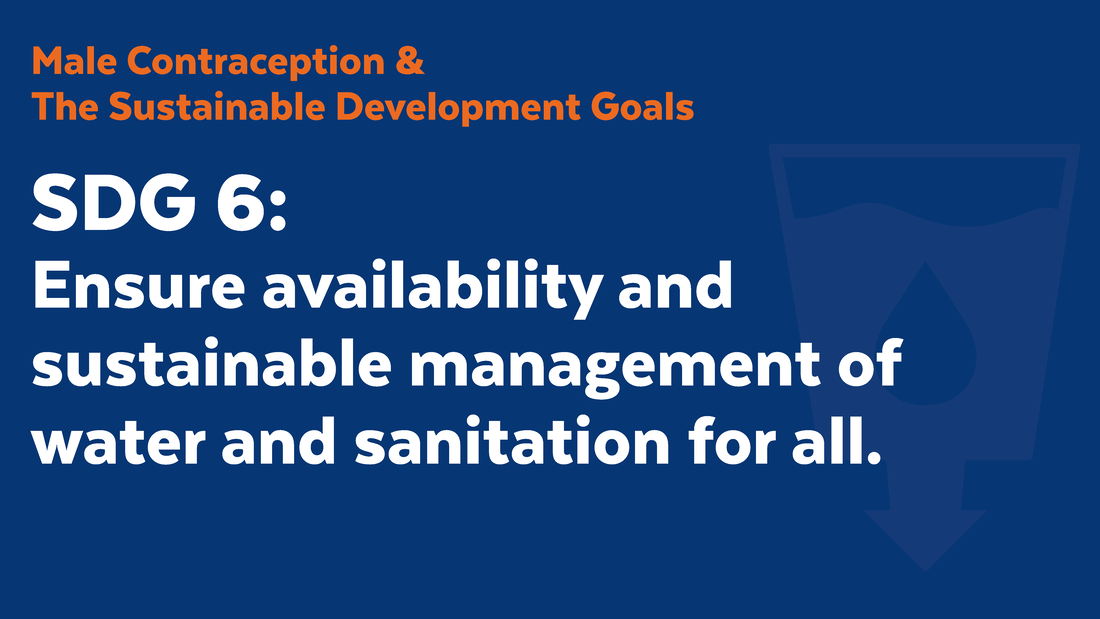
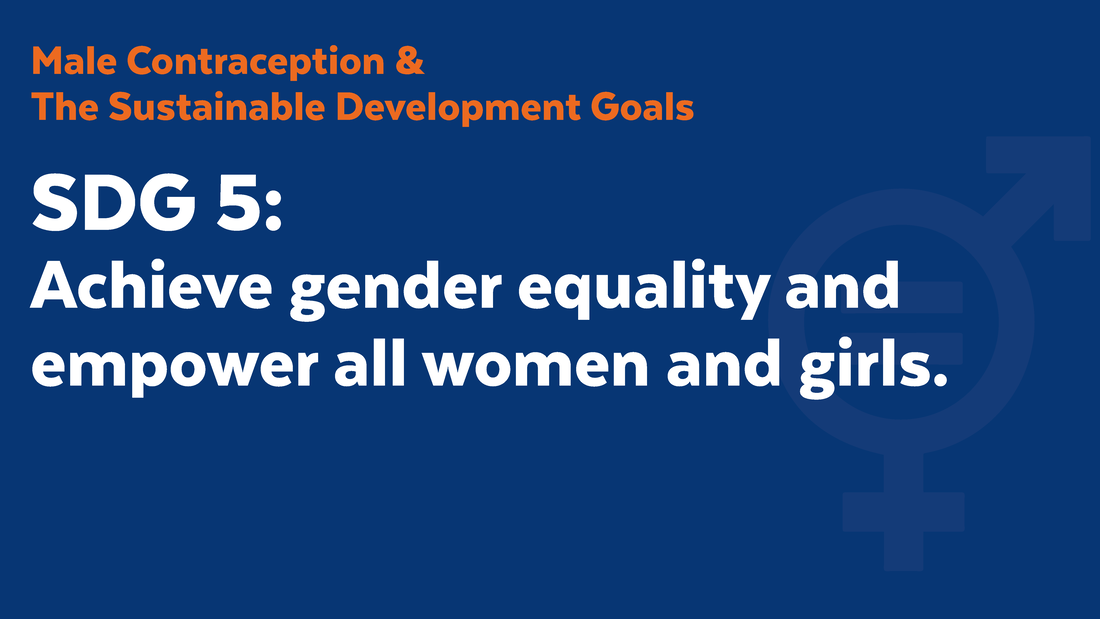
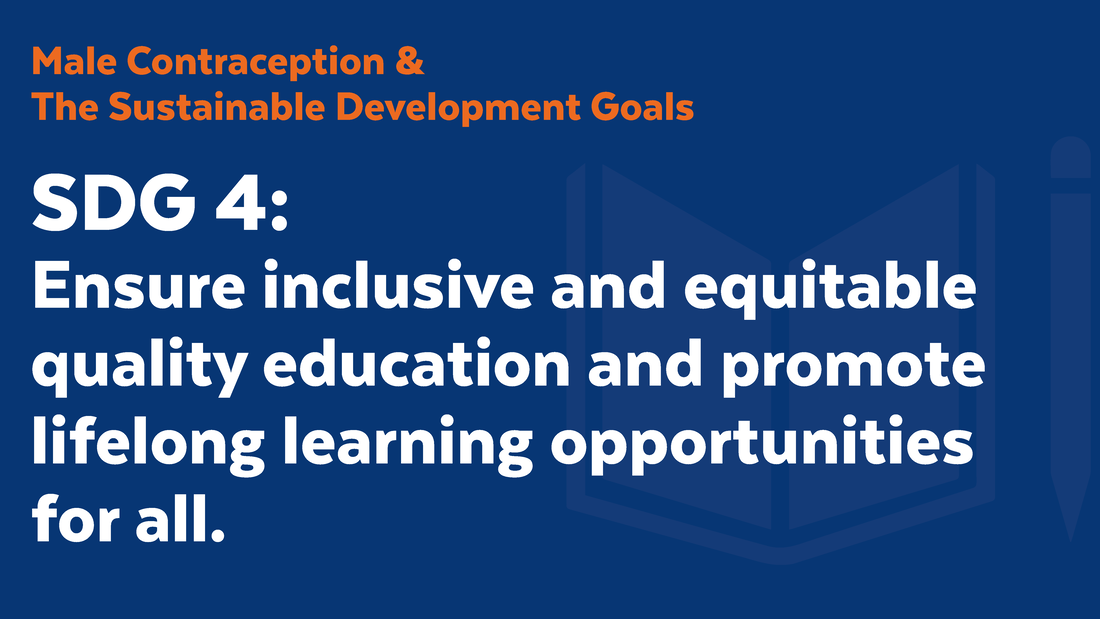
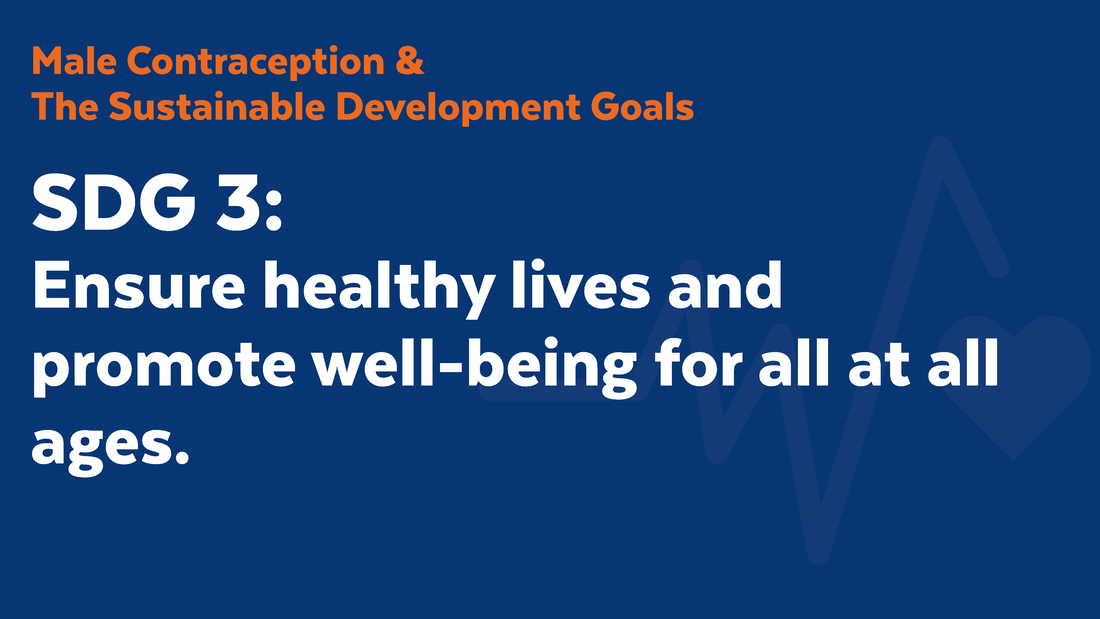
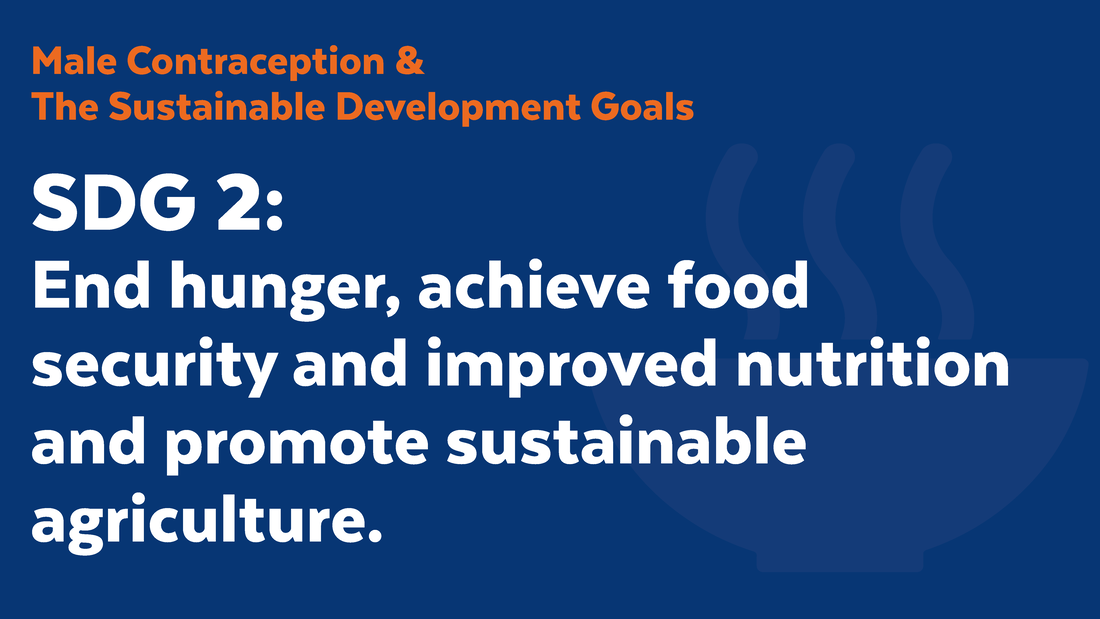
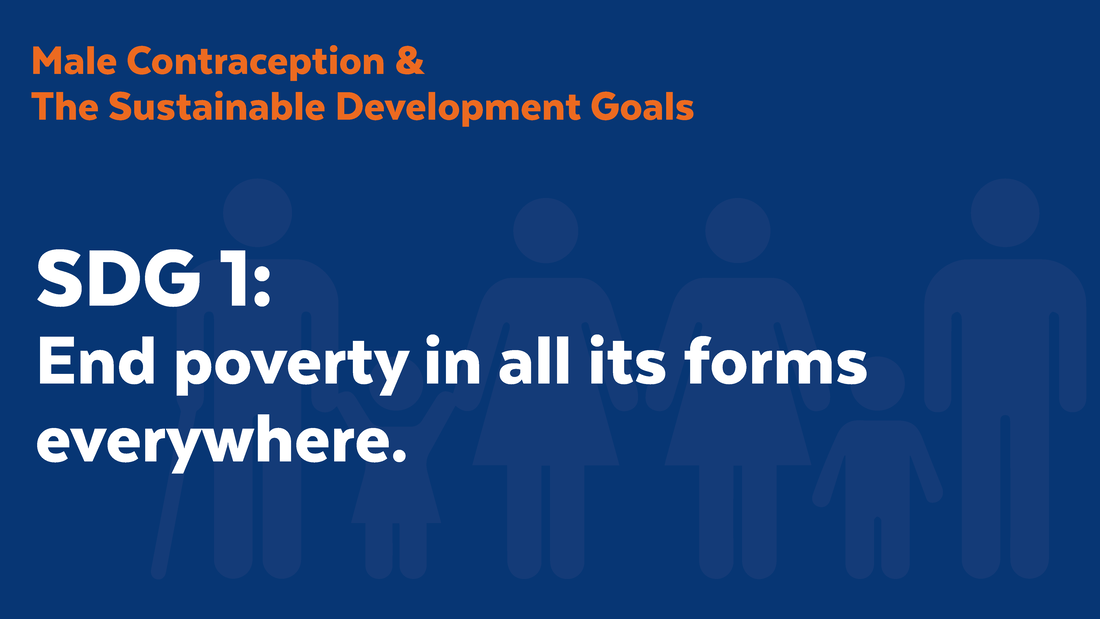

 RSS Feed
RSS Feed
